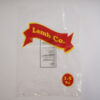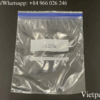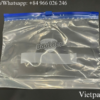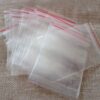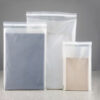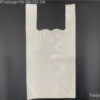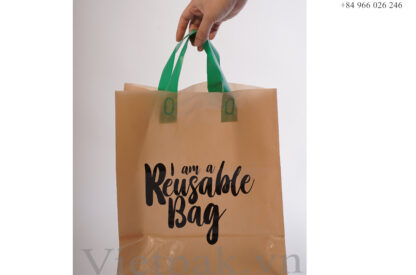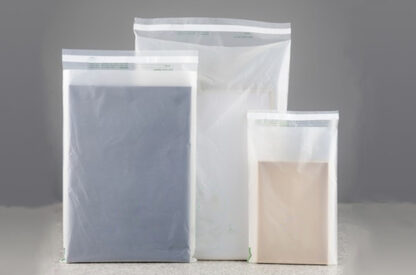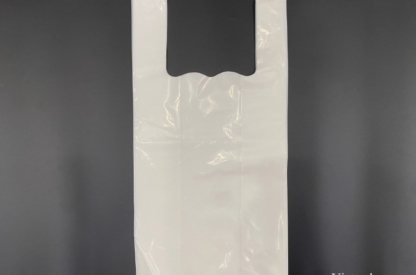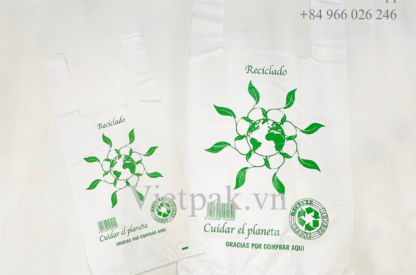How Can We Test The Strength of Plastic Bags?
We use plastic bags all the time to package and transport goods in our daily lives. To avoid breakage, spills, and unhappy customers, it is essential to make sure that these bags are strong and long-lasting. In this article, we examine the procedures for evaluating the tensile strength of plastic bags and talk about the significance of doing so. Businesses and consumers can choose the best plastic bags for their needs by being informed about the testing procedures and variables affecting bag strength.
Importance of Plastic Bag Strength Testing
Contents

Plastic bag strength testing is extremely important to both manufacturers and customers. Manufacturers can improve the overall quality of their products by making the necessary adjustments after conducting thorough strength tests to find any production flaws or weaknesses in bags.
Moreover, they can increase customer confidence, avoid expensive product failures, and maintain their market reputation by making sure their bags adhere to strict strength standards. From the standpoint of the consumer, having faith in the durability of plastic bags is essential because it guarantees the secure transportation and protection of goods, prevents spills or damage, and fosters convenience and dependability in general.
Typical Plastic Bag Strength Testing Methods
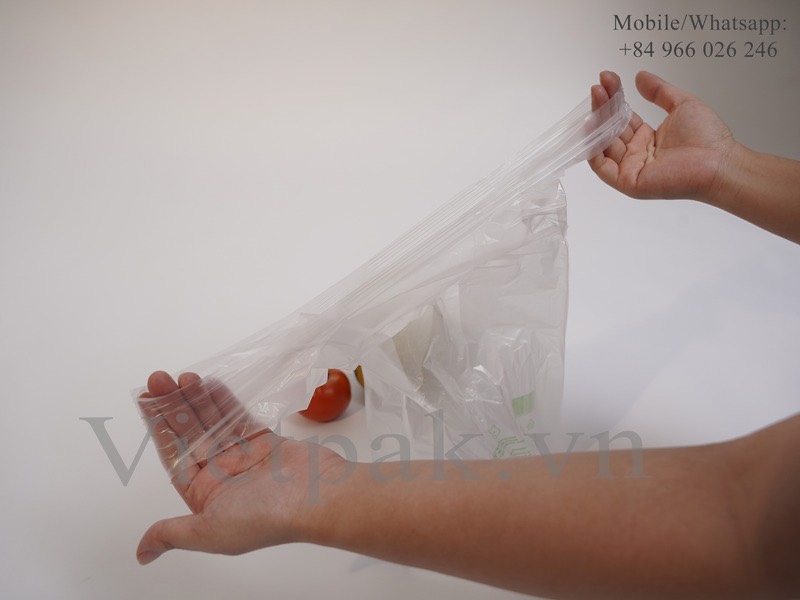
Throughout the manufacturing process, various testing techniques are used to accurately assess the strength of plastic bags. These techniques consist of
Tensile Strength Test
This test determines the maximum amount of force that a plastic bag can withstand before rupturing or rupturing. It entails applying the bag to controlled pulling forces in order to simulate the stresses that bags might encounter when being handled, transported, or used to carry heavy objects. This test aids in determining the bag’s resistance to stretching and tension forces.
Bursting Strength Test
This test determines whether a plastic bag will burst under pressure. The bag’s resistance to external forces like compression and impact without rupturing or breaking is measured. This test aids in determining the structural soundness and pressure and load handling capabilities of the bag.
Impact Resistance Test
This test determines whether a plastic bag can withstand impacts and shocks without tearing, cracking, or compromising the contents inside. It mimics actual situations where bags might be handled roughly, drop accidentally, or collide. This test guarantees that the bag can withstand unexpected impacts and effectively protect its contents.
Load Capacity Test
The load capacity test establishes the maximum weight that a plastic bag can support without rupturing, failing, or jeopardizing its structural integrity. This test is essential for determining whether the bag is appropriate for transporting bulky or heavy items and confirming that it can withstand the intended load without suffering any negative consequences.
Reference: American Society for Testing and Materials (ASTM) International – Official website providing standards and resources for plastic bag testing: ASTM International
Factors Affecting Plastic Bag Strength

Plastic bag manufacturing and selection processes should take into account the following factors as they affect the strength of plastic bags:
Material Composition
The strength of the bag is significantly influenced by the type of plastic used in its manufacture. Different plastics have different strengths, durability, and levels of flexibility, including High-Density Polyethylene (HDPE), Low-Density Polyethylene (LDPE), and Polypropylene (PP). Each type of material has unique applications and performance traits that affect a bag’s durability and suitability for particular uses.
Gauge and Thickness
A plastic bag’s thickness or gauge is a key factor in determining how strong it will be. They are suitable for heavier items or demanding applications. This is due to the fact that thicker bags typically offer greater resistance to tearing, bursting, and impact. On the other hand, thinner bags might be better suited for smaller loads or particular uses where flexibility is desired.
Manufacturing Techniques
A variety of manufacturing methods can improve the general sturdiness and structural soundness of plastic bags. Examples of additional support and reinforcement in crucial areas include heat sealing, reinforced handles, and reinforced bottoms. These features improve the bag’s capacity to withstand stress, load, and rough handling situations. The strength and durability of the bag can be significantly increased by paying close attention to detail during the manufacturing process.
Environmental Conditions
The durability and strength of plastic bags can be impacted by environmental factors. The material of the bag may gradually deteriorate due to temperature changes, humidity, and exposure to sunlight or chemicals, and consequently lose strength over time. It is essential to choose a suitable option that will maintain the strength and performance of the bag by being aware of its intended use and the environmental conditions it will encounter.
Quality Control and Standards
Strong quality control procedures must be used throughout the manufacturing process to ensure consistent bag strength. Reputable manufacturers follow strict quality control procedures, such as routine strength testing. Therefore they can ensure that their bags satisfy customer requirements and industry standards. The production of high-quality bags is demonstrated by compliance with recognized quality standards, such as ISO 9001, and this gives consumers the assurance that the bags have undergone extensive testing to meet particular strength requirements.
Conclusion
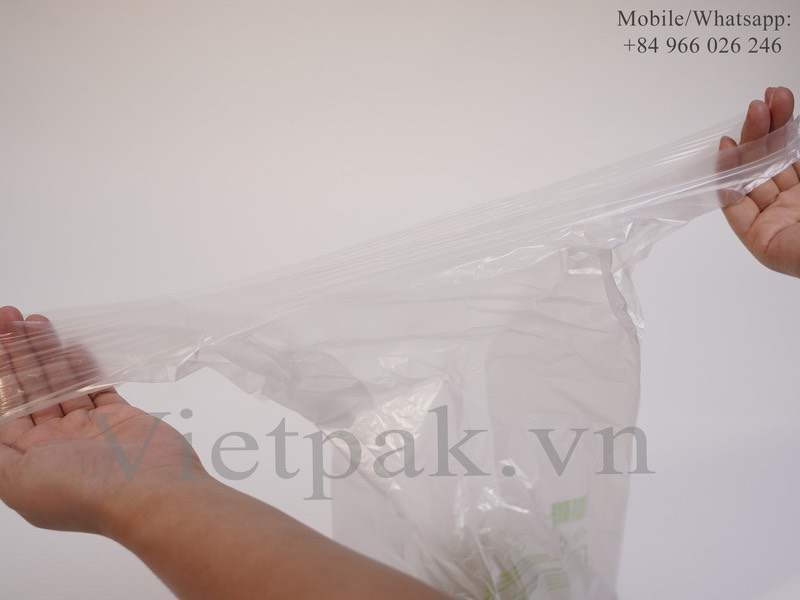
The strength of plastic bags must be tested in order to ensure their dependability, prevent failures, and meet quality standards. The durability and applicability of the bags can be assessed by manufacturers using techniques like tensile strength testing, bursting strength testing, impact resistance testing, and load capacity testing. The strength of the bag is greatly influenced by factors like material composition, thickness, manufacturing processes, and environmental conditions. Therefore, these elements must be carefully taken into account during the manufacturing and selection processes.
Manufacturers can provide plastic bags that meet particular strength requirements. The methods could be strict quality control procedures and adherence to industry standards. Improving customer satisfaction and encouraging safe and dependable packaging techniques also needed to take in to consideration. In the end, purchasing plastic bags with sufficient strength is advantageous for both businesses and consumers. This is because it ensures customer confidence and product integrity while promoting sustainable and effective product transportation.
LEADING MANUFACTURER
We are a premier plastic bag manufacturer based in Vietnam. Our dedicated team excels in crafting customized packaging solutions to precisely meet the needs of all customers
QUALITY CONTROL
We have a strict quality control system. Our bags are inspected before production, during production, and prior to loading into containers. Our priority is to minimize every defective goods before shipping to our customers
AMAZING SERVICE
Our enthusiastic customer service team always strives to respond to your emails as promptly as possible. We take pride in our ability to consistently deliver high-quality products on time, every time.


